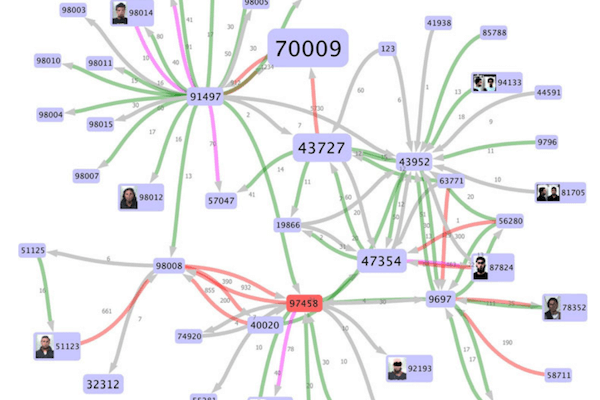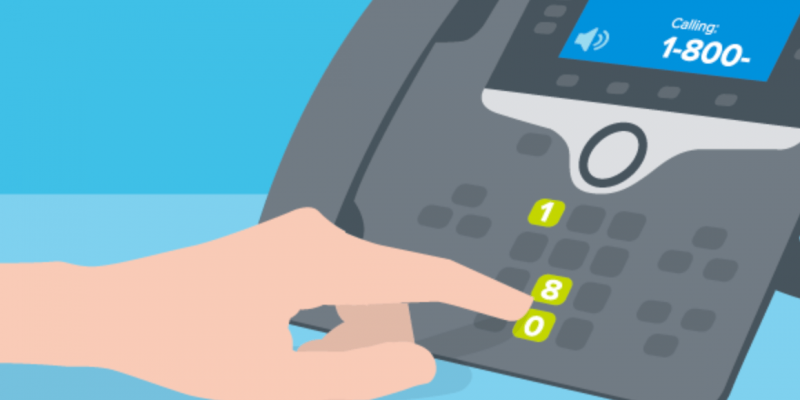Surely you’ve seen a phone number with the 800 prefixes, right? Know what it is? Do you know what the cost of the call is? Does it have anything to do with the 800 lines?
Special tariff line 1-800 which is also called “intelligent network number” is a virtual number diverted to fixed or mobile physical lines with a terminal associated with which to receive the call and which, in addition, these are free for those who make them.
Did You Know?
The 800 prefixes (or toll-free, so-called in the USA) were created in the UK in 1960 by the British Post Office and are international numbers of universal free-of-charge (UIFN) services. It is a number composed of a country code (3 digits) and an 8-digit subscriber number that will finally have a fixed 11-digit format.
For example, a UIFN number, for example, could be +800 12345678, where:
• + is the international call prefix.
• 800 is the international call sign of the universal freephone service.
• 12345678 is the customer’s worldwide subscriber number (GSN).
On the other hand, one of the great advantages that many users do not know about these lines is that they have the possibility of channeling large flows of calls from a single entry in the network. That is, from the same virtual number, you can channel large volumes of calls before any eventuality and allow providing updated and specific information.
Many international companies already have a 1-800 line to serve their customers in call centers, for example. It is a reality that these types of lines add value to the service of the company and generate sympathy in the customer.
According to some data offered by the National Commission of Markets and Competition (CNMC) this type of telephone entry represent an increase of between 20% to 30% of the customer’s response and serves as outgoing support to advertising campaigns and, in this sense can multiply by five the positive response of the target.
It is also used as a resource to humanize the company and bring it closer to the customer because, since these are automatic reverse charging lines, they involve direct, immediate, and free contact for the caller.
In short, the 1-800 number is aimed at offering a free service for those who decide to call. It is a numbering that the caller. It is usually used when looking to increase the volume of calls or when the company wants to assume the costs of the call.
Many people are encouraged to call a free information phone before hiring a service or buying a product. The number 900 is very well seen within the users as it encourages the call and offers good telephone service to customers.
What Types of Businesses Use 1-800 Numbers
It is without a doubt, this is the best option for those businesses that most companies contemplate having in their strategic plans and that the normalization of services makes the developments of one country transferable to others such as chat lines. One of our friends, part of this network he uses this type of number in his organization.
A public adjuster miami that releases new -1800 numbers weekly in order to keep and grow their infrastructure redirecting the incoming calls to different call centers all over the world.
How to Get One for Your Business
You can contact an org if you want to obtain a toll-free number. Or visit www.somos.com/find-a-toll-free-number for more details and information.


